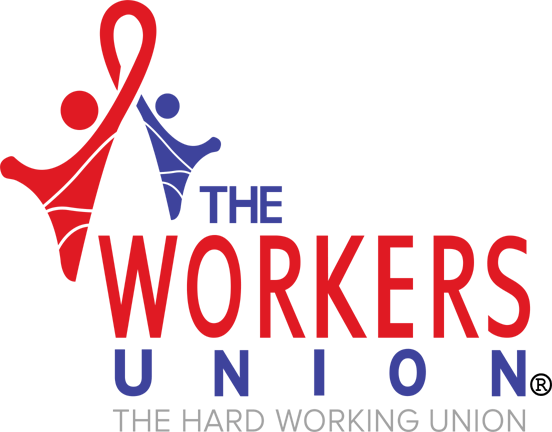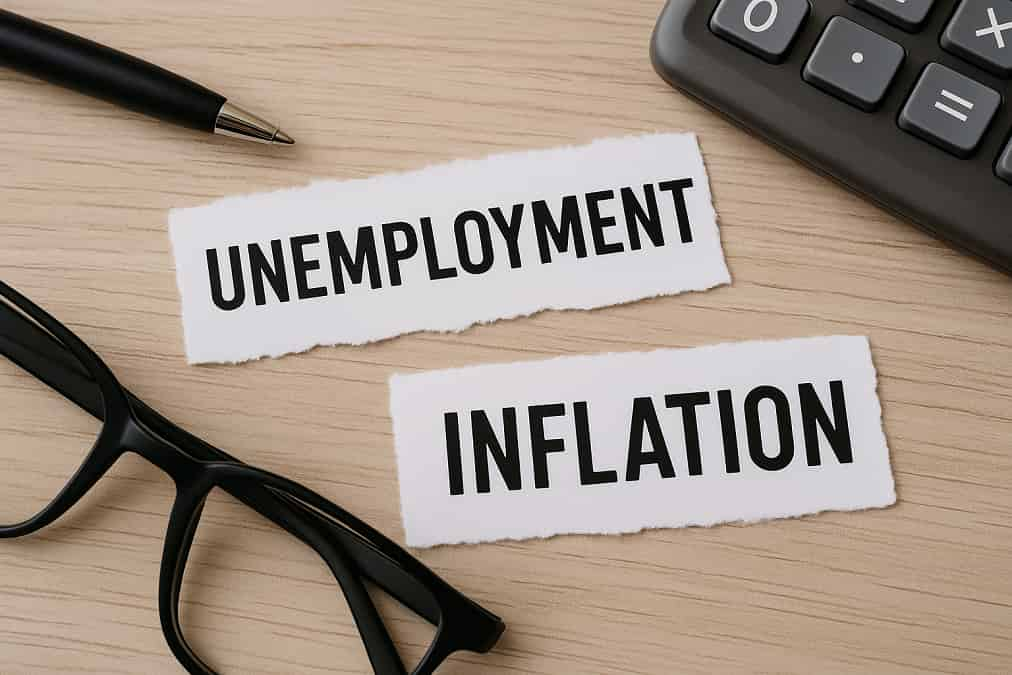Britain’s unemployment rate has surged to its highest point since June 2021, with wage growth simultaneously weakening, placing fresh strain on working people across the UK.
Official figures released by the Office for National Statistics (ONS) reveal that the jobless rate climbed to 4.7% in the three months leading up to May 2025. This is a slight but significant rise from the 4.6% recorded in the previous three-month period ending April.
The data also exposes a substantial slowdown in earnings. Regular pay growth (excluding bonuses) dropped to 5%, the lowest level in nearly three years, and down from the revised 5.3% recorded for the preceding quarter. Though this remains above the rate of inflation—representing a 1.8% real-term increase after adjusting for the Consumer Prices Index (CPI)—the slowdown adds pressure to already stretched household budgets.
Rising joblessness and fewer opportunities
Economists had predicted that the unemployment rate would remain steady at 4.6%, but the reality has exceeded expectations—highlighting a more fragile job market than previously anticipated. Additionally, the number of job vacancies fell by 56,000 in the three months to June, leaving 727,000 open roles—continuing a downward trend that has lasted for three years.
The ONS’s director of economic statistics, Liz McKeown, stated:
“The labour market continues to weaken, with the number of employees on payroll falling again, though revised tax data shows the decline in recent months is less pronounced than previously estimated.
Pay growth fell again in both cash and real terms, but both measures remain relatively strong by historic standards.
The number of job vacancies is still falling and has now been dropping continuously for three years.”
Economic pressure and uncertainty mounting
This concerning shift in employment trends arrives in the context of wider economic instability. UK GDP contracted in both April and May, reflecting subdued consumer and business activity. The situation has prompted the Bank of England to signal that larger interest rate cuts could be implemented if the labour market continues to falter.
Businesses have also been grappling with a series of financial headwinds. In April, employers faced a double hit with increases in national insurance contributions and a rise in the national minimum wage, intensifying wage bills at a time when operational costs are already inflated. The climate of uncertainty has been further aggravated by international developments, including new tariff regimes imposed by US President Donald Trump, stoking fears of worsening global trade conditions.
A difficult period for UK workers
The current figures cast a long shadow over job security and pay stability for workers in Britain. While wage growth continues to outpace inflation, the rate at which it does so is narrowing. Simultaneously, falling vacancy numbers suggest fewer opportunities, while rising unemployment indicates more competition for the jobs that remain.
These patterns signal a need for deeper policy thinking about how to support the UK workforce through turbulent times—particularly in sectors hit hardest by economic volatility and rising operating costs. We understand that employment figures are more than statistics—they reflect the lived experiences of workers up and down the country.
Whether it’s a reduction in hours, increased workloads without pay rises, or limited job openings in once-thriving industries, the pressures are real. Our mission remains the same: to highlight the challenges and push for the fair treatment of UK workers through open, factual discussion and information sharing.




